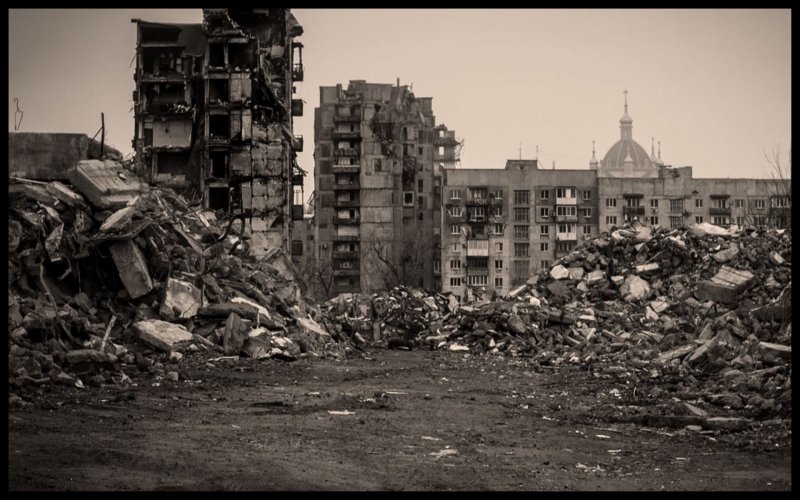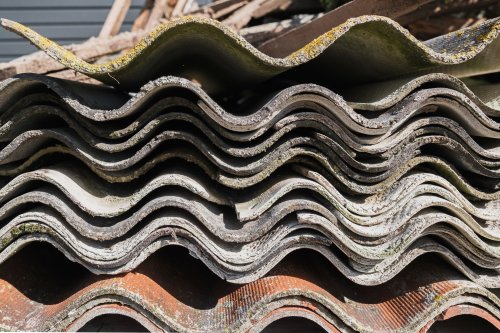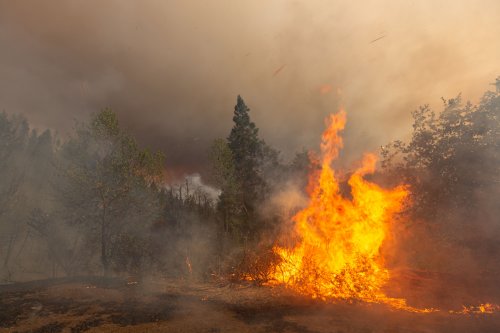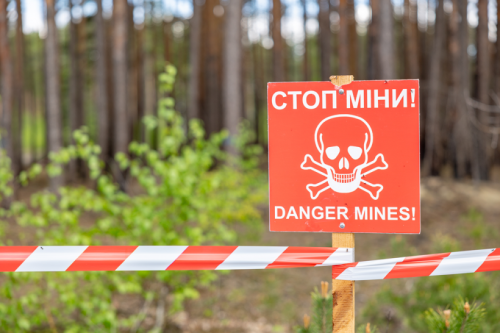The main danger of war-torn buildings is that they contain a number of dangerous components, including mercury-containing and LED lamps, and asbestos in roofing materials.
This has an extremely negative impact on the environment, said UN Deputy Secretary General, Director of the UN Environment Program Inger Andersen, Ukrinform reports.
"Many old roofs in Ukraine contain asbestos - about 90% of roofing material contains asbestos. Therefore, how to deal with it becomes critical," said Andersen.
She emphasized that the territories must be cleared of destroyed buildings in order to begin reconstruction. The government of Ukraine is already working on sorting some of these wreckage. This is how crushers crush concrete fragments in order to use them for road construction in the future.
"Debris disposal is a problem in a destruction situation. It's a challenge when there's an earthquake, and it's a challenge when there's a war. This is what we are trying to work on," Andersen said.
She emphasized that the issue of disposal of destruction waste is acute wherever the infrastructure is destroyed, and not only in the frontline areas.

Andersen noted that handling such waste is a problem even in peacetime, when buildings are demolished. However, this happens under controlled conditions. And during natural disasters or war, the problem becomes much more urgent.
She also emphasized the importance of supporting the work of eco-inspectors, because they faced the challenges of war suddenly. Therefore, it is very important that they have the competence to solve current issues.
Earlier, EcoPolitic wrote, that eco-activists called on Ukrainians, who dismantle destroyed houses, to use special clothes, a mask and glasses to protect themselves from asbestos.
As EcoPolitic previously reported, the Cabinet of Ministers in September 2022 approved the "Procedure for handling waste from the destruction of buildings and structures" resulting from damage caused by hostilities, acts of terrorism, sabotage or liquidation of their consequences.





